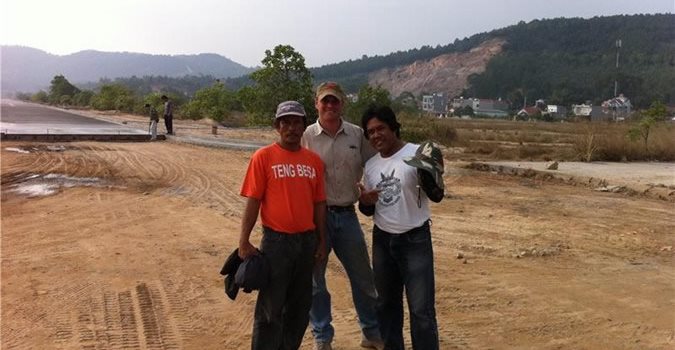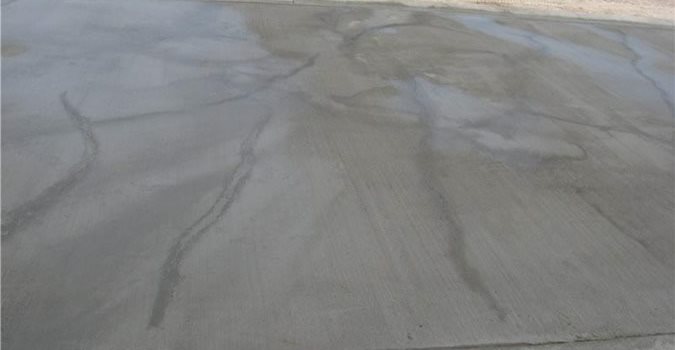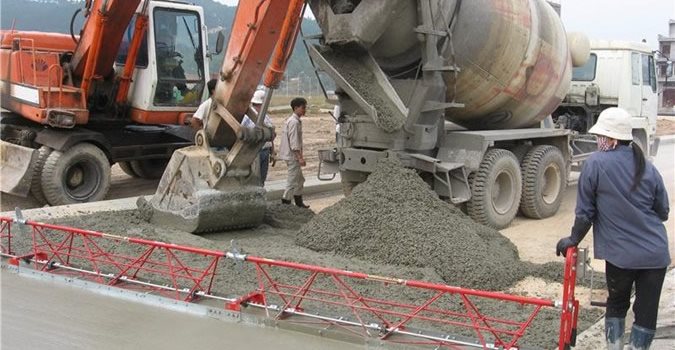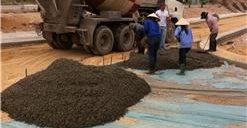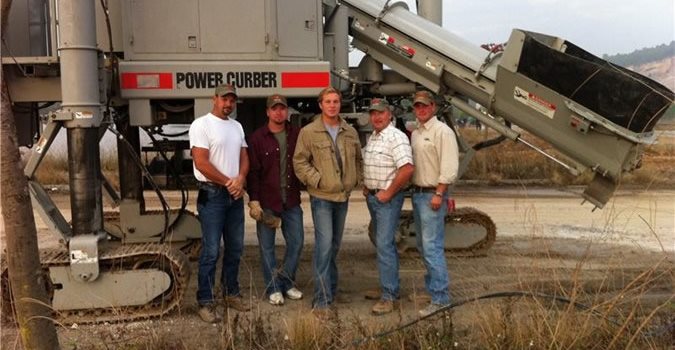- Staining Concrete
- Stamped Concrete
- Concrete Overlays
- Concrete Resurfacing
- Concrete Polishing
- Concrete Dyes
- Colored Concrete
- Indoor Concrete
- Concrete Floors
- Concrete Countertops
- Garage Floor Coatings
- Furniture, Sinks, Fire Bowls
- Basement Floors
- Outdoor Concrete
- Concrete Patios
- Concrete Driveways
- Concrete Pool Decks
- Outdoor Kitchens & Counters
- Outdoor Fireplace
- Concrete Walkways
- Concrete Pavers
- Concrete Walls
- Repair & Maintenance
- Foundation Repair
- Concrete Crack Repair
- Concrete Sealers
- Building with Concrete
- Concrete Homes
- Concrete Basements
- Decorative Concrete
- Fire Resistant
Decorative Concrete in Vietnam: A New Frontier
An interview with a pioneer in Vietnam's decorative concrete industryThis year, I had the opportunity to live in the South East Asia region for two months. My eyes were opened up to the amount of decorative concrete work that is ongoing or in its beginning stages. In places such as the Philippines, Malaysia and Singapore, there is a strong core of decorative concrete contractors. Vietnam, Indonesia and Thailand are looking at decorative concrete as the next step in construction progression. This year a good friend of mine, Jesse Hanson, accepted a position with Midcon Construction, a large development company in Vietnam, as the senior technical manager for all decorative work, both hardscape and softscape. During our communications over the past few months, I have been intrigued at some of the challenges he is facing and the unique ways in which he and his crew continue to push forward in this new decorative concrete frontier. Jesse is currently working on a project in Ha Long Bay. In this interview, I asked him about the current standards for concrete in this country and the challenges he faces in his efforts to advance the industry.
What brought you to Vietnam?I received a job offer from a corporation in Vietnam to help manage a few projects and train an in-house crew for their continued real estate development. A friend recommended me for the position. I was assured that working in Vietnam would be an adventure, and an adventure it is.
Adventure, in what sense?Well, I have been pouring concrete and running projects in the United States for about 13 years and had no idea how spoiled we were with the availability of well-tested products and the convenience of tools and materials. So being out here on a construction site is like being thrown into the wilderness. You have to go back to the basics of survival and deal with challenges that you never had before.
Tell me about the challenges you face in Vietnam?I grew up in the decorative concrete industry, so concrete has always been something of beauty needing to be perfected in every way to create something incredible. Here, concrete has had a different purpose for many years. It is a hard surface that is useful for structural applications, to coat brick, and something that is just not mud. So the first challenge has been to change people's perception of what concrete is, and that is not easy. I have gotten many odd looks when I insist on good edges and finishes and putting straight sawcuts in paving and sidewalk applications. In Vietnam, finding traditional materials to form with is unheard of. We take for granted that we can get dimension lumber in the states just down the road. Here, you have to go to a lumberyard and pick out various pieces of hardwood and have them cut. Subgrade preparation is another challenge. As anyone in the industry long enough knows, ground preparation and proper prepour setup are key to a successful product. Here, they haven't thought of the concrete moving and cracking as a bad thing, as long as the surface stays "not mud." This also goes into the quality of concrete they pour.
What is the quality of concrete like in Vietnam?Everything here is funded by the government in one way or another, so you cannot exceed a project's budget or you lose money. So the standards here for concrete are set much lower for cement content. When I first got here, I was very disappointed in my first pour, as it had shrinkage cracks all over it. I could not understand why, as the temperature was not overly hot. We did not utilize a curing compound, but it still should not have cracked like it did. As more concrete failed and the mix design was revealed and translated for my nonmetric mind, which by the way is a better system once you get used to it, the battle was fought for a stronger mix. Also, we were getting an excess of bleedwater on the surface and the top would be soup until the concrete was rock hard. And then the cracking started. This problem was eventually worked out by cutting the amount of plasticizer from 3 liters per load to 1 and increasing the cement content to the maximum the budget allowed. I have also been warned of concrete plants cheating on cement, so we have ordered core samples to be taken. Anyway, the cracking has stopped for now.
Are you currently using any reinforcement in you projects?We are not, but I am talking to some manufacturers from China that supply fiber reinforcement. We are also looking at cost-effective options to bring more traditional reinforcement like wire mesh or rebar to our projects.
What else surprised you that we take for granted in the United States?Too many things to fit in your article, but one that kills me is the concrete trucks themselves. We have had to wait on trucks in the morning because they let mud get caked on them and drivers have to go inside the drum with a hammer to beat out the dried concrete. The thing that I will never take for granted again is chutes on concrete trucks. They don't have them here, so we have to dump concrete in piles and move it around. On a 45-foot-wide street this is a pain. This is also hard, as we pour a low-slump concrete. Talk about mountains! This concrete, by the way, was moved around by 90-pound Vietnamese women, so I have that to tell to the next 190-pound 20-year-old who complains about a little work. Labor is cheap here, so they think I am crazy when I explain how a few chutes can make a difference. We have made considerable progress, though, with the curbing, streets and sidewalks, thanks to the expert training by Jeff, Rob, Isaac, and Shane from Midcon. Tools are getting cleaned, another big challenge, and the battles are fewer and farther between. So things are looking up for now.
Thanks to Jesse and the guys from Midcon Construction for giving us a clear vision of work going on in Vietnam. We look forward to hearing from Jesse again about his next big task: Beginning training on decorative imprinting systems. Good luck, Jesse.
Author Brian Farnsworth, BGI Technical Services
